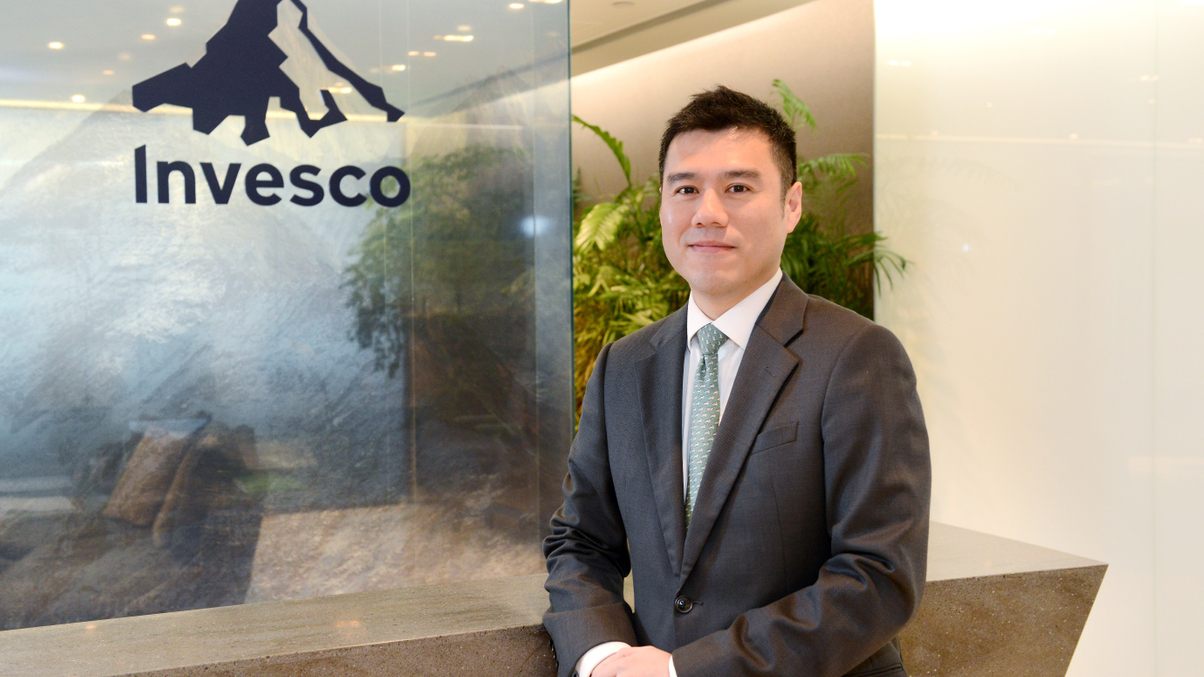More sovereign wealth funds planned in Asia
Invesco's first dedicated survey of state investors reveals interesting trends in allocation, behaviour and challenges.

Governments around the world – most notably in Asia – are planning to set up more investment funds that follow a 'public-private partnership' investment approach, according to research* by Invesco.
Sign In to Your Account
Access Exclusive AsianInvestor Content!
Please sign in to your subscription to unlock full access to our premium AI resources.
Free Registration & 7-Day Trial
Register now to enjoy a 7-day free trial—no registration fees required. Click the link to get started.
Note: This free trial is a one-time offer.
¬ Haymarket Media Limited. All rights reserved.


